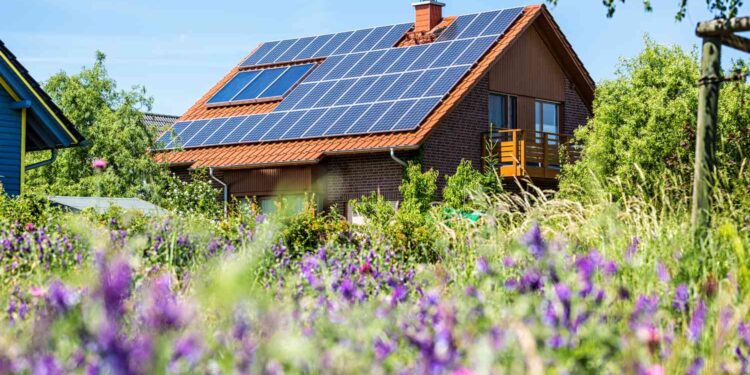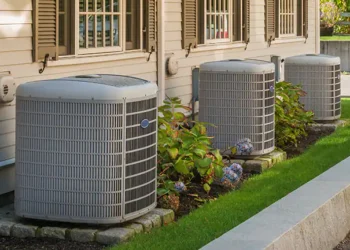Discover the inner workings of a home solar system, from photovoltaic panels to inverters, and how it harnesses sunlight to power your home efficiently.
In an era where sustainability and energy efficiency are paramount concerns, the adoption of home solar systems has soared. These systems harness the power of the sun to generate clean, renewable energy right at home, reducing reliance on traditional energy sources and cutting down utility bills. But how exactly do these marvels of modern technology operate? Let’s delve into the intricate mechanics behind the functionality of a home solar system.
Solar Panels for Home Solar System: The Power Generators
At the heart of every home solar system lies the solar panels. These panels, typically mounted on rooftops or in open spaces with maximum sun exposure, are composed of photovoltaic (PV) cells. These cells are made from semiconductor materials, such as silicon, which have the remarkable ability to convert sunlight directly into electricity through the photovoltaic effect.
When sunlight strikes the surface of the solar panels, it excites the electrons within the PV cells, creating an electric current. This current is then captured and channeled through wiring integrated into the panels, ready for further processing. When sunlight hits the solar panels, it excites the electrons within the PV cells, causing them to move and create an electric current. This phenomenon, known as the photovoltaic effect, is the basis for solar energy generation in a home solar system. Delve into the intricate mechanics of a home solar system to comprehend how it operates, ultimately leading to Smart Solar Savings for homeowners.

Inverter: Converting DC to AC
The electricity generated by solar panels is in the form of direct current (DC). However, most household appliances and the electrical grid itself operate on alternating current (AC). Here’s where the inverter comes into play.
The inverter is a crucial component of a home solar system, responsible for converting the DC electricity produced by the solar panels into AC electricity compatible with household appliances and the grid. This process ensures seamless integration of solar-generated power with the existing electrical infrastructure of the home.
Net Metering: Balancing Supply and Demand
One of the key features of a home solar system is its ability to interact with the utility grid through a mechanism called net metering. During periods of peak sunlight and high solar energy production, excess electricity generated by the solar panels can be fed back into the grid.
Net metering allows homeowners to receive credits for the surplus electricity they contribute to the grid. Conversely, during times of low sunlight or high energy consumption, homeowners can draw electricity from the grid to meet their needs. This dynamic exchange ensures a balanced supply and demand of electricity, optimizing the efficiency and cost-effectiveness of the home solar system.
Monitoring and Control Systems: Optimizing Performance
To maximize the efficiency and performance of a home solar system, sophisticated monitoring and control systems are often integrated. These systems provide real-time data on energy production, consumption, and overall system performance.
By analyzing this data, homeowners can identify patterns, optimize energy usage, and troubleshoot any issues that may arise. Additionally, remote monitoring capabilities allow for proactive maintenance and timely intervention, ensuring the smooth operation of the home solar system over its lifespan.
Conclusion
In conclusion, a home solar system operates through a harmonious interplay of solar panels, inverters, net metering, and monitoring systems. By harnessing the inexhaustible energy of the sun, these systems offer homeowners a sustainable and cost-effective alternative to traditional energy sources.
As technology continues to advance and costs decline, the adoption of home solar systems is poised to accelerate, driving forward the transition towards a cleaner, greener energy future. So, if you’re considering making the switch to renewable energy, rest assured that understanding how a home solar system works is the first step towards embracing the power of the sun.







